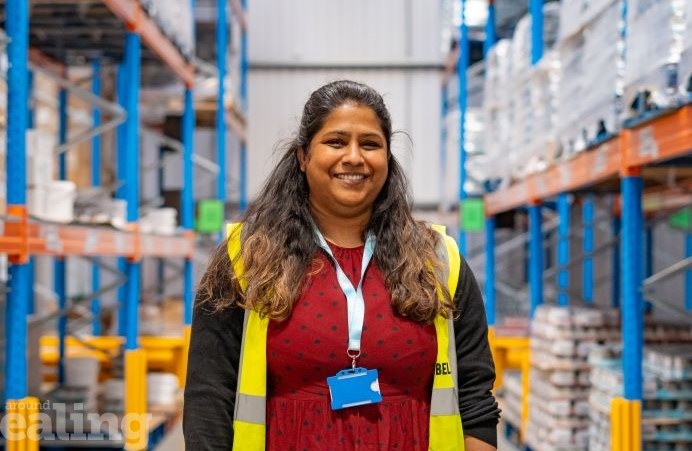Travel
Blog post: Integrated Transport – don’t forget London! – London TravelWatch

10 December 2024
Last month, Louise Haigh launched her Integrated National Transport Strategy, just before resigning as Secretary of State. Announced days after the death of John Prescott, it took me back to my time as an advisor on his 1998 integrated transport White Paper, and to the Transport Plan which followed it.
Just as then, there are good intentions in the latest call for ideas on how to make transport better – such as putting the needs of people first and aspiring to a system that is joined-up, accessible, sustainable and which works for the whole country.
But Louise Haigh’s speech was notable in that she chose not to refer to John Prescott’s legacy (check out David Begg’s recent excellent article in Transport Times). Instead, she explicitly channelled the spirit of the 1968 Transport Act and an earlier predecessor, Barbara Castle.
In doing so, to an audience in Leeds, she made clear one of the main strands in her approach. A key part of the strategy is to empower metropolitan areas in the English regions (with a nod to rural areas), supported by the white heat of technology, to deliver better transport services.
It’s hard to argue with that as an ambition. Even with London’s falling bus speeds and creaking infrastructure (old and sometimes new), there are many aspects of the capital’s transport system which other parts of the country would love to have.
But, as you might expect us to say, while work begins on pulling together a national strategy, don’t forget about London. Even with Transport for London (TfL)’s big budget and an ambitious long-term Mayoral Transport Strategy, there is still plenty to get right.
Funding settlement
As ever, a key topic for London, and indeed for the rest of the country, relates to funding – something on which Louise Haigh had surprisingly (or maybe not) little to say in Leeds.
The number one priority is for Government to agree a long-term capital funding settlement for TfL and to move away from the current annual approach. TfL says this would enable it to plan and deliver much-needed major capital projects more effectively – and put things on a par with the capital funding arrangements for Network Rail, National Highways and other major city regions in the country.
At the same time, proper resourcing for local government is also really important in the capital just as it is elsewhere. London boroughs are responsible for 95% of the city’s roads: their ability to invest in improvements is vital to making our streets more accessible for all, as well as encouraging more use of sustainable and active ways of travel.
Another thing which an integrated strategy needs to get right, for London as with other cities, is the interface between institutions at national and metropolitan levels. Nowhere is this more relevant than in the case of rail.
For example, how much further will the Government devolve responsibility for some rail services to the Mayor for London – something which we at London TravelWatch and others have asked for? Will reform of national rail fares actually happen and if so, how will they interact with TfL’s zonal fare structure for public transport? And will Government funding for TfL continue to depend on an expectation that the Mayor will follow the national lead in increasing rail fares year by year?
Euston challenges
The need to prioritise integration between the national and metropolitan in rail also extends to how the key organisations work which other. Our current spotlight on the challenges at London’s Euston station – the capital’s main rail gateway to four of the UK’s largest cities – is a great example of this.
We are starting to see stronger and welcome commitment by Network Rail and train operators to a “one-team” approach to managing the station; but this is long overdue – and it also needs to embrace TfL at a station where the interchange with Tube and bus is not good enough. The need for integrated thinking will be all the greater when it comes to planning the HS2 terminus at Euston and how it links to other transport services in and around the capital.
I end with the recollection of the Yes, Minister episode in which Jim Hacker is quickly exposed to the political pitfalls of pushing for an integrated transport strategy. There’s no doubt that it’s a big challenge to get right, but it’s a good one to take on. Let’s just hope that within that, the needs of London get equal billing with those of the rest of the country.










